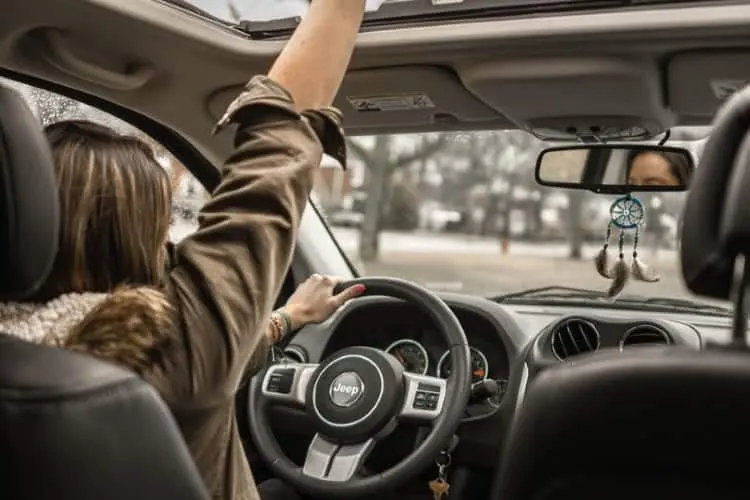
It doesn’t matter how long you’ve been driving or how flawless your driving record is, there is always room for improvement.
That’s why we’ve put together some tips to keep in mind when you get behind the wheel. Some insurers also have apps that you can use to develop good driving habits and lower your car insurance premiums.
The safe-driving techniques here apply regardless of whether you’re driving around the corner to pick up some milk or heading on a cross-country adventure.
1. Wear Your Seatbelt and Use Age-Appropriate Child Restraints.
If there is an accident, seatbelts and child restraints help prevent the driver and passengers from being ejected and risking serious injury. Even vehicle airbags work better when people are wearing restraints. There are also different restraints and rules about where and how a child should be buckled into a car, depending on the age and size of the child.
2. Be a Defensive Driver.
Don’t rely on other drivers to be safe. Be hyper-aware of your surroundings so you can react quickly if someone changes lanes suddenly, a car ahead loses control, a deer runs out into the road, or something else unexpected happens. Always keep a safe distance from the vehicle in front of you (the rule of thumb is two seconds or space or one car length for every eight kilometers per hour of speed), keep your headlights on at all times, check the blind spots before changing lanes, and constantly scan around you so you know where nearby drivers are.
Be on special alert for motorcycles or bicycles that might be on the road, and remember that tractor-trailers can’t see you if you dive too close behind them.
3. Avoid Distractions While Driving.
Did you know that texting while driving is more dangerous than driving while drunk? It’s true. It’s better to put the phone away and out of earshot before starting the car so you’re not tempted to check it while driving. If there truly is an urgent call you need to make, pull over–and have your GPS and music set up before getting on the road.
Eating a sandwich, playing with the radio, putting on makeup, or even running through a to-do list in your mind can take your attention away from the road when it’s most needed.
4. Obey Speed Limits and Traffic Signs.
These precautions are in place for a reason, even if it’s not obvious to you. Perhaps there’s a school zone or a sharp turn ahead. If you’re going too fast or make a sudden turn or stop, you can put yourself and others in harm’s way. Don’t forget to use the blinkers to tell others that you’re slowing down or changing directions, and yield to those who have the right of way.
5. Don’t Drive Tired or Under the Influence.
Take a nap if you’re tired. If you had just a little too much fun at a party, you can walk, use public transportation, call a friend for a ride, or take a taxi or ride-share service to get home.
6. Keep Your Car in Shape.
Keeping your vehicle well-maintained will help prevent a flat tire or the engine from failing at an inopportune moment, such as when you’re on the highway moving at a high speed. Breaking down on the side of the road during a storm or in an unsafe neighborhood can also quickly turn into an emergency.
Make sure the headlights and emergency lights work properly, check fluid levels (e.g., transmission, brake, and power-steering fluids, as well as the oil and coolant), and keep tires inflated.
7. Be Courteous to Other Drivers. Give Them the Benefit of Doubt.
You never know who is in another car, so it’s better to be polite and avoid a confrontation if someone makes a bad move on the road. Remember that you can’t control other people’s behavior and you don’t want the situation to unnecessarily escalate.
You Can Never Be Too Safe
If you’ve been driving for a while, you probably don’t think much about what you are doing behind the wheel. Driving has become a habit that doesn’t normally require much extra attention.
Perhaps it’s time to stop and think about refreshing your driving habits. Stay present, keep your mind from wandering, and keep both hands on the steering wheel.
Let’s work together to keep the roads safe for everyone.
- Sagittarius Man & Gemini Woman Love and Sex Compatibility - January 31, 2024
- Taurus Ascendant Rising Personality Traits in Men (Guide) - January 31, 2024
- How to Seduce and Attract a Sagittarius Man (Seduction Tips) - January 31, 2024
